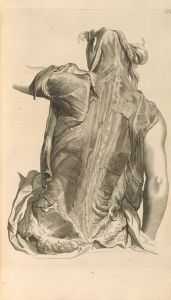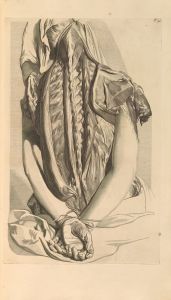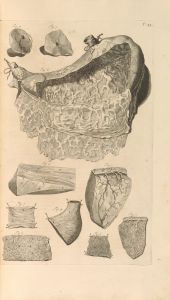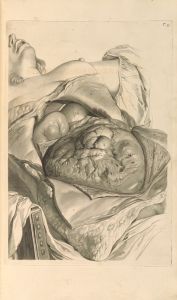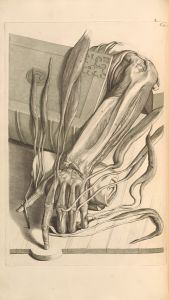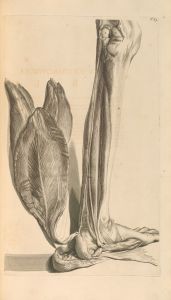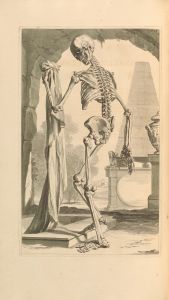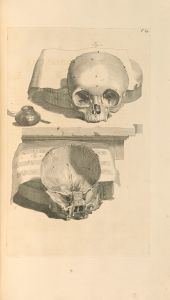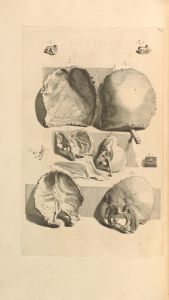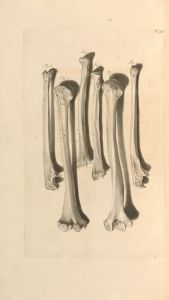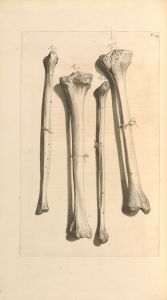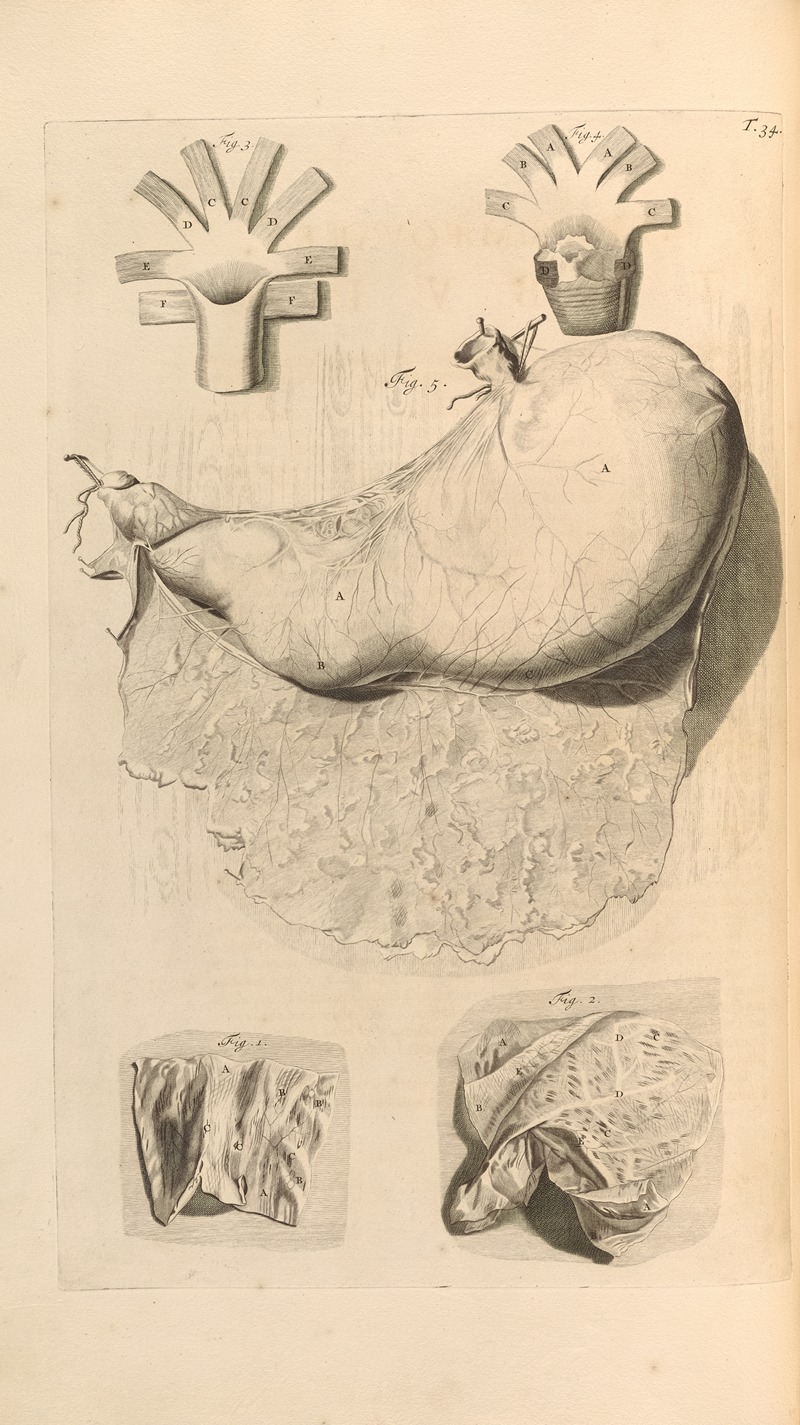
Anatomia humani corporis Pl.035
A hand-painted replica of Gerard de Lairesse’s masterpiece Anatomia humani corporis Pl.035, meticulously crafted by professional artists to capture the true essence of the original. Each piece is created with museum-quality canvas and rare mineral pigments, carefully painted by experienced artists with delicate brushstrokes and rich, layered colors to perfectly recreate the texture of the original artwork. Unlike machine-printed reproductions, this hand-painted version brings the painting to life, infused with the artist’s emotions and skill in every stroke. Whether for personal collection or home decoration, it instantly elevates the artistic atmosphere of any space.
Gerard de Lairesse (1640–1711) was a Dutch Golden Age painter and engraver, known for his classical and Baroque style works. He is also recognized for his contributions to anatomical illustration, particularly through his collaboration with the Dutch anatomist Govard Bidloo. One of the notable works resulting from this collaboration is the anatomical atlas titled Anatomia Humani Corporis (The Anatomy of the Human Body), first published in 1685. This atlas is considered a significant achievement in the history of medical illustration due to its detailed and artistic depictions of the human body.
Plate 35 (Pl.035) from Anatomia Humani Corporis is one of the many engravings created by de Lairesse for this atlas. The illustrations in the atlas were based on dissections conducted by Bidloo, and de Lairesse translated these anatomical studies into highly detailed and artistic engravings. The images were intended to serve both as scientific documentation and as works of art, reflecting the merging of science and aesthetics during the period.
The engravings in the atlas, including Plate 35, are notable for their dramatic compositions and lifelike representations. De Lairesse employed techniques such as chiaroscuro to enhance the three-dimensionality of the anatomical structures. The figures often appear in dynamic poses, sometimes set against elaborate backgrounds, which was a departure from the more straightforward and utilitarian style of earlier anatomical illustrations. This artistic approach made the atlas not only a scientific resource but also a visual masterpiece.
Despite its artistic merit, Anatomia Humani Corporis faced criticism for its lack of practical utility for medical students and practitioners. The dramatic and artistic presentation of the figures sometimes overshadowed the clarity needed for precise anatomical study. Nevertheless, the work remains an important historical document, illustrating the intersection of art and science in the late 17th century.
Gerard de Lairesse's contributions to the atlas are particularly remarkable given his personal circumstances. He suffered from congenital syphilis, which eventually led to blindness later in life, forcing him to abandon painting. However, his work on Anatomia Humani Corporis stands as a testament to his skill and versatility as an artist.
Specific details about the content of Plate 35 are not readily available in historical records, but it is part of the larger body of work that showcases de Lairesse's artistic interpretation of human anatomy. The atlas as a whole remains a significant artifact in the history of both art and medicine.





